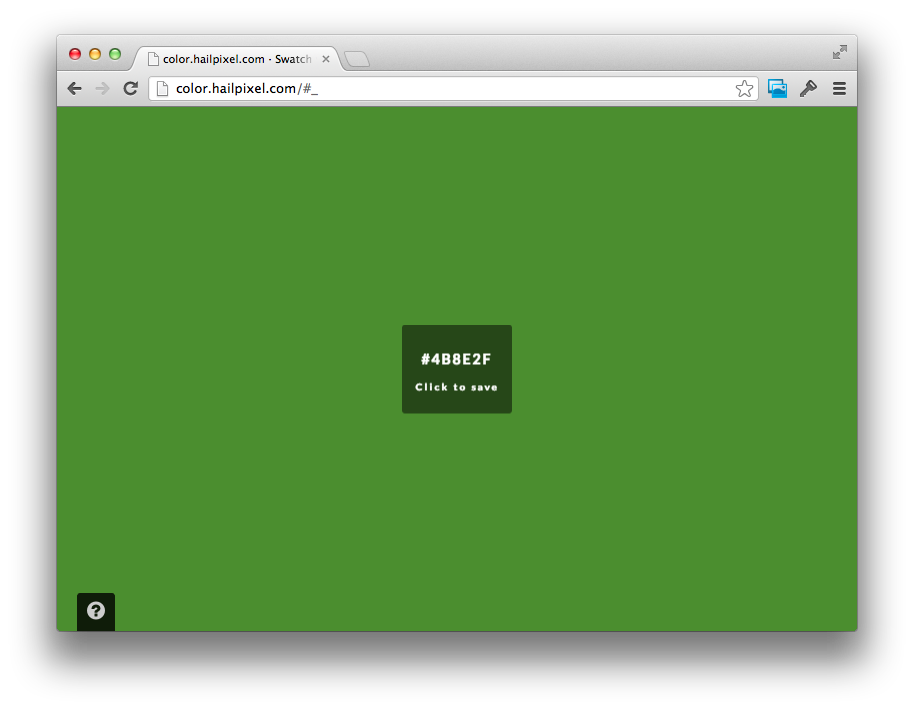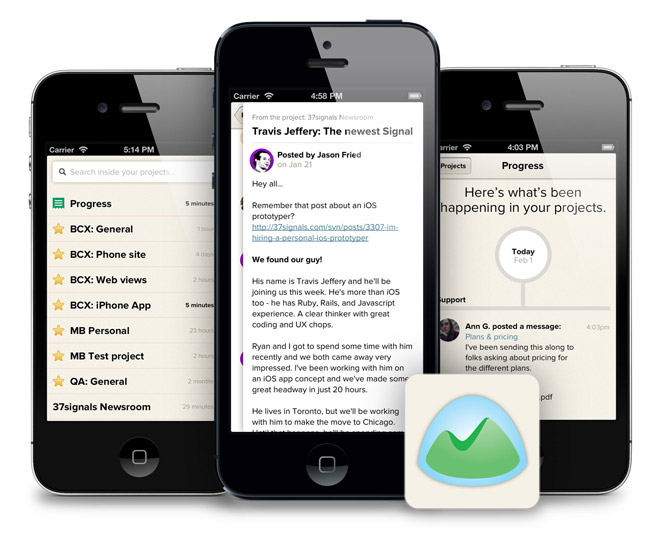“Finally—a chance to talk about product management to the right audience!”
That’s how I felt when Martin invited me to speak at Mind the Product in San Francisco. It was the right time and place, so I took the opportunity to distill years of blog posts and project experience into a condensed 30 minute talk. Now the video is online so those of you who weren’t at the conference can see it.
There are so many resources for programmers and designers to learn their craft, while those of us who guide products from conception to completion usually invent our own wheels. These are the tools I came up with to help teams focus on what matters and track the progress of a product over time. I hope watching the video gives you new ways to think about product management. Maybe it validates some of the things you were already doing and gives you new insights too.
Topics include:
- How to break the product into “orthogonal capabilities”—separate sections of work that you can track independently
- How to focus on what the product does instead of getting lost in the details of design and programming
- How to map out the capabilities and track progress over time
- How to bring meetings back to earth when people get lost in the clouds
and most importantly…
- How to sleep well at night because you have a clear view of where you are, what’s done and what’s left to do.
I recommend watching full screen in HD so you can see what I’m writing on the screen. You can see the slides at full size here: http://feltpresence.com/mtp.



